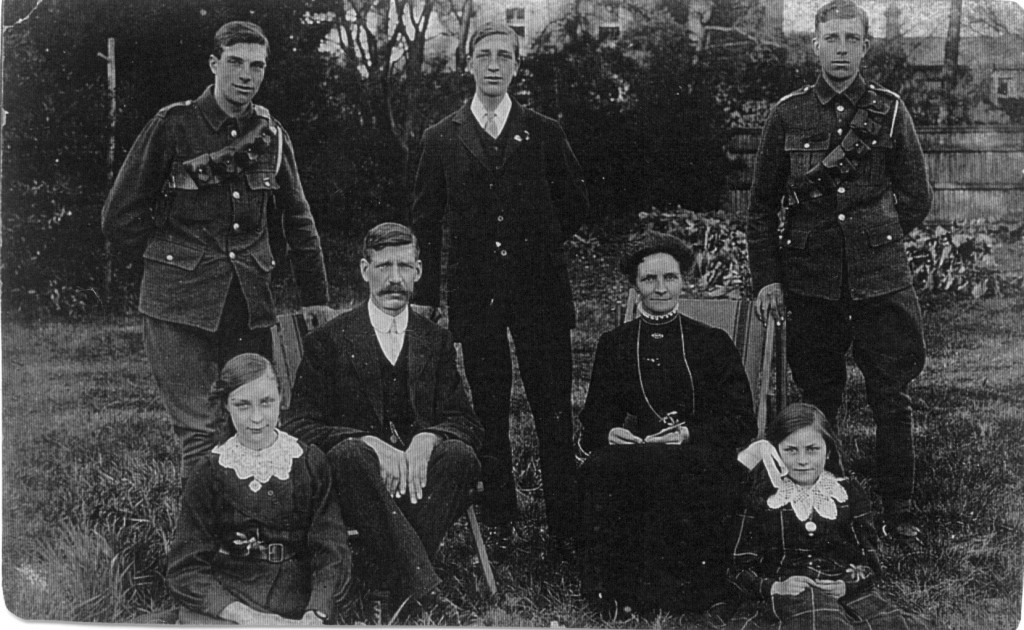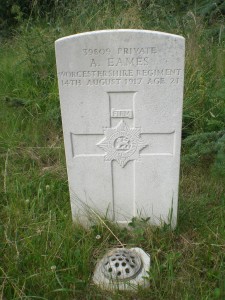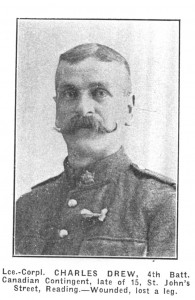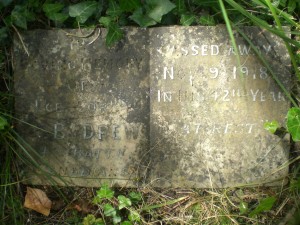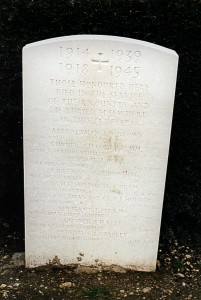Charles B. Drew
Lance Corporal 11471
4th Battalion Canadian Infantry
Central Ontario Regiment
Division 38
Charles Drew, was the son of Thomas and Emily Drew, of 15, St. John’s Street, Reading. He died of wounds on November 9th 1918 aged 42. His is a registered war grave with a private headstone and kerbs, number 9901. He shares his grave with his parents. His name also appears on a special memorial in the War Plot, his grave having for sometime been lost.
A letter from Lance Corporal Charles Drew was published in a local paper July 17th 1915 after he had been wounded.
“He has been serving since the out break of war and has been twice wounded, the second time on the 26th June, when his leg was smashed by a shell and had to be amputated. Writing form Meath hospital, Dublin he says –
“I have not got pluck enough to look at my stump when they are dressing it. The whole shell must have hit me, and caught it in the back of my leg above the knee cap and smashed it and set fire to my trousers.
We were drawing rations at he time, and I was in charge of them. We were taking cover in the darkness of some ruined houses about 200 yards from the communication trench. As soon as we got into the open shrapnel came over our heads. I was helping a fellow carry some biscuits and was ducking down when the shell caught me. A couple of fellows got me behind a wall and took me to a dressing station, where my leg was straightened out.
“Then I had a painful ride in a horse ambulance over a road full of holes to another dressing station, where I was laid in a marquee for the rest of the night. Afterwards I was taken to a hospital at Merville, and then to Rouen. Here the leg was taken off and salt water was injected to enrich the blood.”
Charles Drew was remembered by his parents and brothers and sisters, Walter, Bessie, Ethel, Mary, Horos and Willie in the ‘In Memoriam’ of the Standard November 8th 1919.
During research it was discovered that Charles Drew’s name had been omitted from the Canadian Book of Remembrance. An appeal was made and his name was added, a permanent record of his war service.
